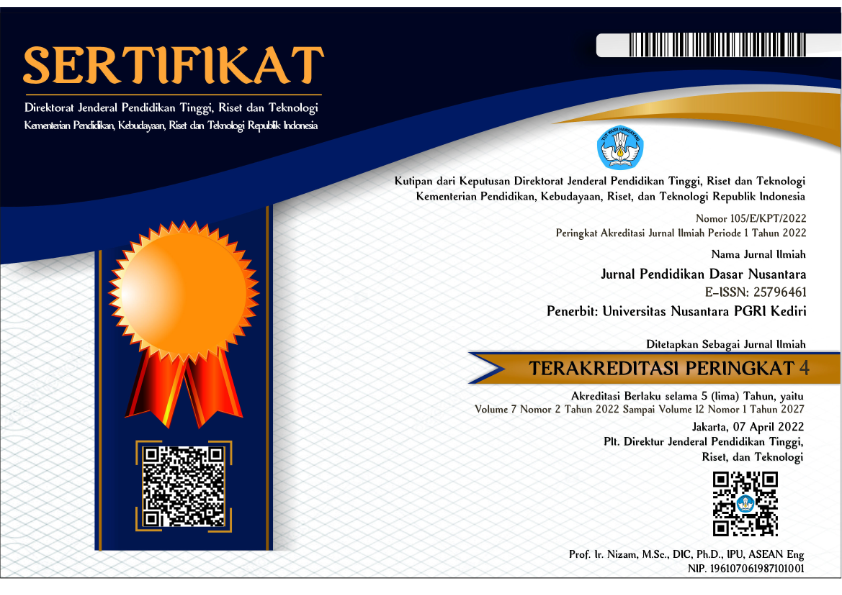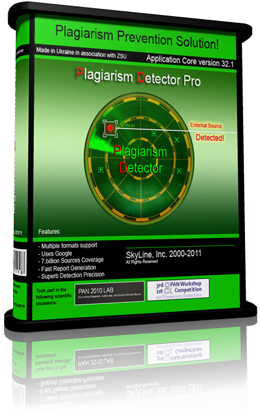EFEKTIFITAS SUPLEMEN BAHAN AJAR IPA DENGAN PENDEKATAN SAINTIFIK UNTUK SISWA KELAS IV SD
DOI:
https://doi.org/10.29407/jpdn.v3i1.803Abstract
Teaching materials issued by the government lays out a minimum of effort to do teachers and students to Achieve competency expected. However, The Necessary adjustments to student characteristics and are effective in learning. An alternative solution is by developing teaching materials Sciences natural supplement that can help students to learn science with a scientific approach as mandated by the Curriculum 2013, the roomates which is also effective in learning. The purpose of this study was to Determine the effectiveness of the supplement teaching materials with a scientific approach to the fourth grade of elementary school students. The research method to Determine the effectiveness of the supplement teaching materials using normality test, homogenitas test and t-test (Post-test or Achievement) Data on the effectiveness of teaching materials Obtained from the analysis of attainment and student achievement scores. The analysis Showed that the Obtained Data normality test sig = 0,121. This value is greater than 0,05, the which means that Null hypothesis is accepted or the distribution of normal data. In homogonitas test uses a Levene Test technique that the significant value in engineering Levene Test amount 0,619. The above calculation using a significance level of 5% and a significance value of the Data Showed that p> 0,05. This indicates that the data derived from the Populations with equal variances or both homogeneous group. Based on the analysis, the experimental class has an average value of learning achievement higher at 87,3 Compared with the control class has an average value of 81,17 can be concluded that supplement instructional materials science with a scientific approach effectively to improve student achievement in SDN Brodot I Academic Year 2014/2015.
Keywords: supplement teaching materials, scientific, sciences
Downloads
Downloads
Published
Issue
Section
License
Authors who publish with this journal agree to the following terms:
- Copyright on any article is retained by the author(s).
- The author grants the journal, the right of first publication with the work simultaneously licensed under a Creative Commons Attribution License that allows others to share the work with an acknowledgment of the work’s authorship and initial publication in this journal.
- Authors are able to enter into separate, additional contractual arrangements for the non-exclusive distribution of the journal’s published version of the work (e.g., post it to an institutional repository or publish it in a book), with an acknowledgment of its initial publication in this journal.
- Authors are permitted and encouraged to post their work online (e.g., in institutional repositories or on their website) prior to and during the submission process, as it can lead to productive exchanges, as well as earlier and greater citation of published work.
- The article and any associated published material is distributed under the Creative Commons Attribution-ShareAlike 4.0 International License

































